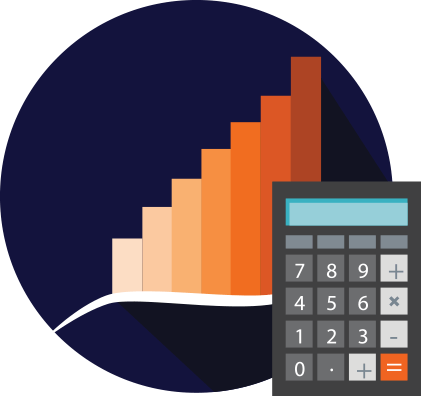The emergency fund is a basic tenet of successful finances. We hear all the time about the importance of having an emergency fund — and keeping it someplace safe.
For many of us, the “traditional” emergency fund is one kept in a savings account. However, even a high-yield savings account isn’t like to provide a yield much higher than 1%. For some savers, that’s not a big deal. After all, the point of an emergency fund in a savings account isn’t actually yield.
As interest rates rise, we could see an improvement. But if you’re looking to kick your emergency fund savings up a notch, here are three interesting emegency fund alternatives.
1. Two-Way Sweep with a Robo-Advisor
Some robo-advisors, like Betterment, are offering to designate savings accounts that offer better yields than a traditional bank account, but that aren’t in assets considered as risky as stocks.
For example, I’ve signed up for the Smart Saver product with Betterment, and make regular contributions. Additionally, they have a two-way sweep feature. Betterment analyzes your bank account activity. If you have available cash, it’s automatically transferred into your Smart Saver account.
On the other hand, if your bank account drops below a certain level, you can have Betterment sweep money back into your bank account. It’s a sort of automatic emergency fund — but with higher yields.
Realize, though, that many of that offer these accounts are investing in income-producing assets and your money isn’t held in an FDIC account. So, you aren’t protected by the FDIC if you use one of these emergency fund alternatives.
2. CD Ladder
You can get a little more yield on your emergency fund money by using a CD ladder. However, instead of using a CD ladder that relies on year-long increments, you might want to set up a ladder that offers you access your money at smaller intervals.
A CD ladder that uses three-, six-, nine-, and 12-month intervals can help you rotate through the steps quicker, allowing you to access your money if you need it. As you build out your ladder, you can get progressively higher yields while still getting somewhat regular access to your money.
With this emergency fund alternative, you do need to be aware of the consequences of getting the money out early. You don’t have as much liquidity as you might like, so it makes sense to use this method as a supplement to a more traditional strategy.
3. Roth IRA Contributions
Believe it or not, there are some people who use a Roth IRA as a sort of emergency fund. Because it’s possible to withdraw contributions (not earnings) any time without penalty, a Roth IRA can be an alternative emergency fund that offers you a way to access some of your money in an emergency.
However, you do need to be careful. First of all, any time money isn’t in your Roth IRA working on your behalf, that’s a lost opportunity. You won’t be able to take advantage of those compounding returns. Plus, if you have to take out money during a market dip, you’re locking in your losses.
Also, if you withdraw earnings, there are some penalties you might be subject to, so it’s vital that you pay attention to the money you take in order to avoid run-ins with the IRS.
Use Emergency Fund Alternatives Carefully
Anytime you use emergency fund alternatives, you need to be careful. With some alternatives, like the two-way sweep or the Roth IRA, you could lose capital. If markets perform badly, you lose what you put in.
With the CD ladder and the Roth IRA, you might run into some liquidity issues. You can’t always settle your investment sales and get the money the next day. And with a CD ladder, you might not have access to your money separately.
Instead of relying entirely on emergency fund alternatives, consider using them as a supplement to your own emergency savings. For example, I keep about three to four weeks’ worth of expenses in a traditional savings account.
The rest of my emergency funds are kept in a taxable investment account, as well as in Betterment’s Smart Saver account with two-way sweep. If I’m really hard-pressed, I’ve got the Roth IRA, but I don’t really include that in my emergency calculations.
Other ideas for alternatives include using an HSA for medical emergencies and using a regular taxable investment account.
I have access to money immediately in the savings account, and if the emergency is more than short-term, I have other options. The money in the savings account can hold me over while I take a week or so to liquidate assets from other accounts.
In the end, your emergency strategy should be something you’re comfortable with. And something that allows you access to funds when you need them.

